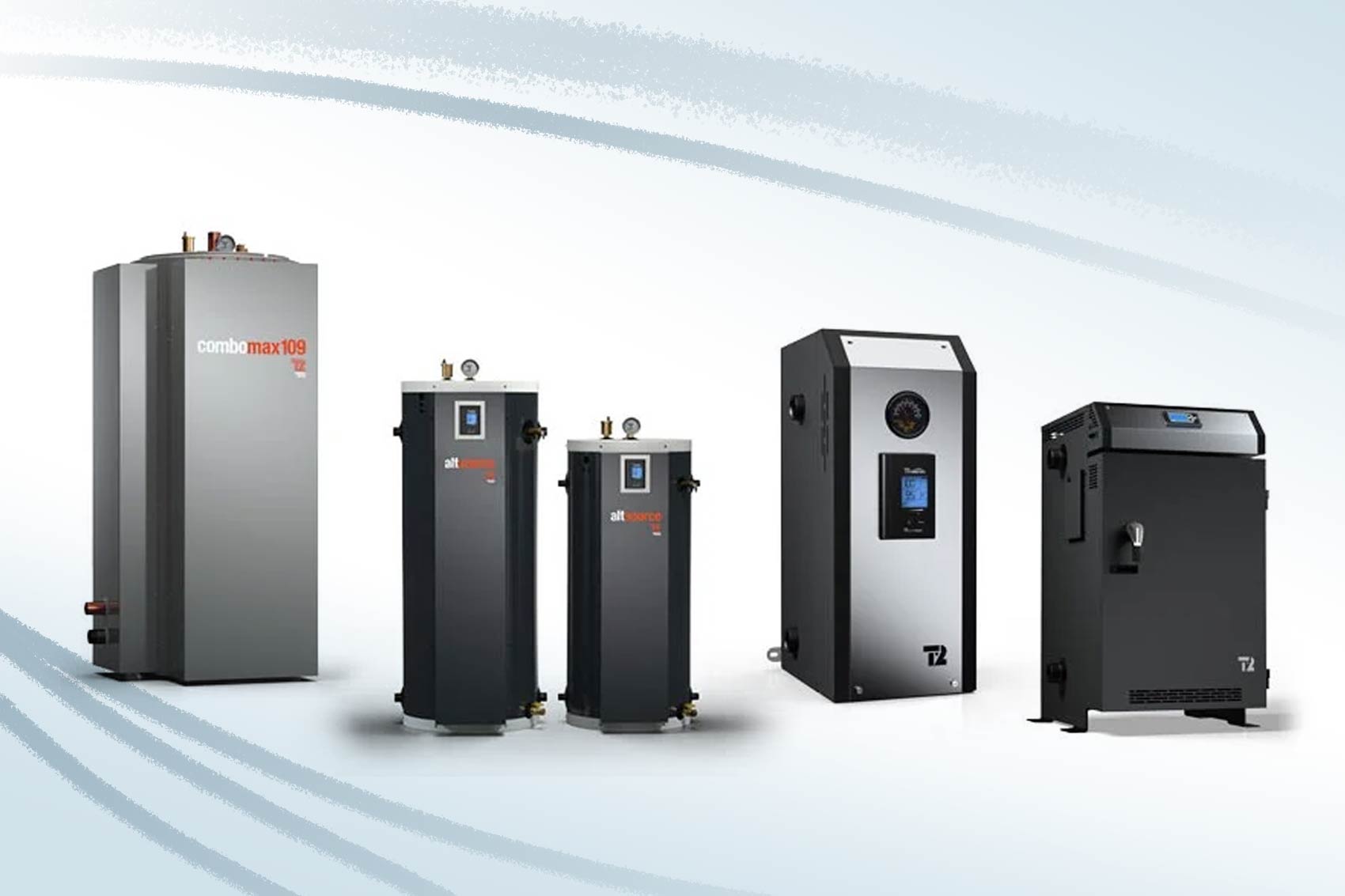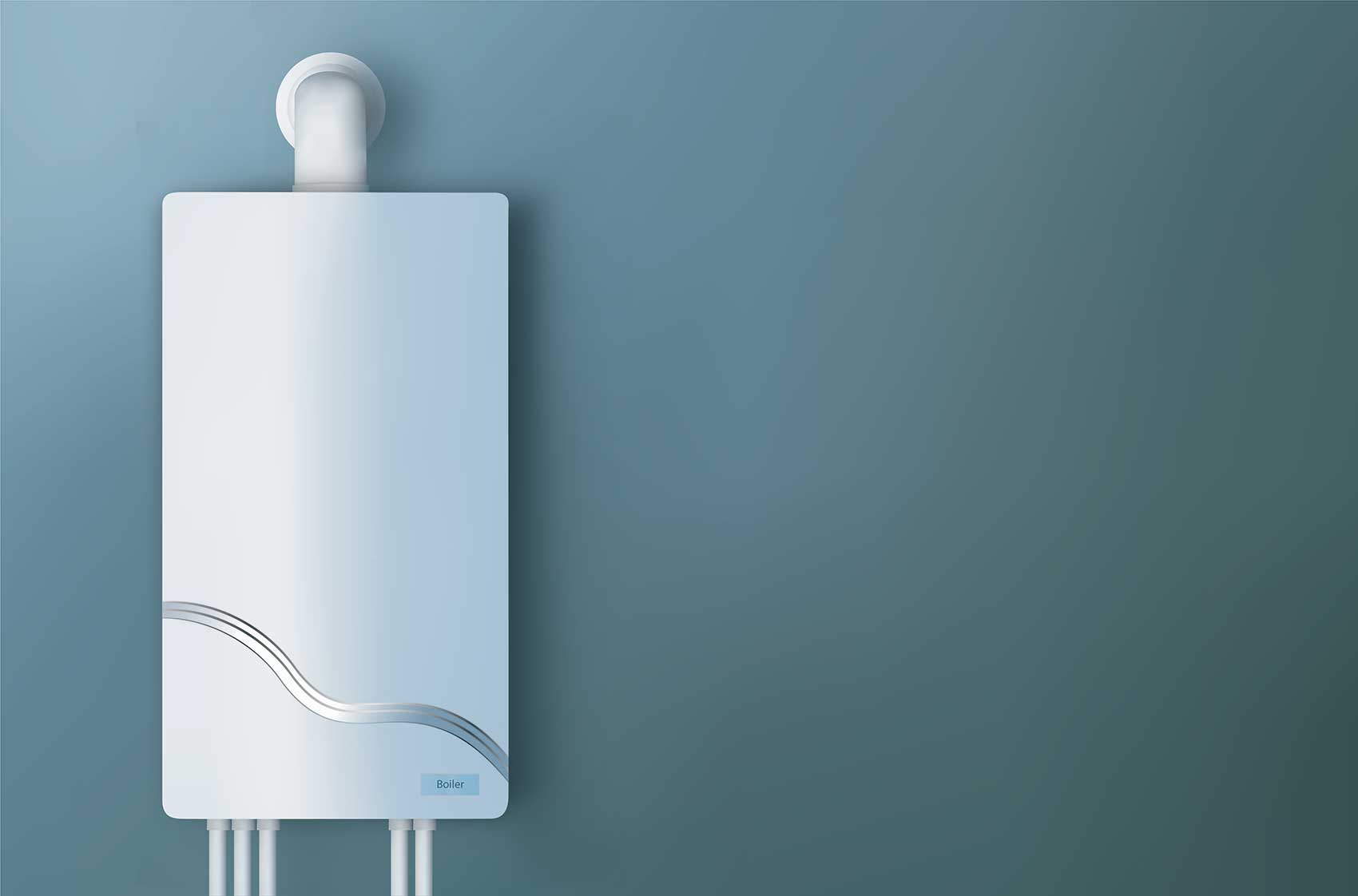Lead pipe: How to recognize them and why to replace them
Lead pipes may go unnoticed, but their health impact is very real! Learn how to easily recognize them and why replacing them is an essential decision to protect your water quality.
Lead pipes: old allies turned risky
Once widely used in plumbing, lead pipes were prized for their great durability and flexibility. They simplified the installation of water systems and resisted the passage of time.
However, with scientific advances, people have gradually become aware of the risks that these pipes pose to health. Since lead can dissolve in water (especially with old pipes), this can cause adverse effects on the nervous system and general health. Prevention and replacement of these pipes have now become essential to ensure healthy water.
Why replace lead pipes?
Health risks from lead
Lead pipes, while seemingly solid, are actually dangerous to our health. Exposure to lead, even in small doses, can have serious effects, especially for children and pregnant women. In children, lead can harm brain development, affecting concentration and learning. For expectant mothers, contaminated water can pose risks to their unborn baby.
Old houses more at risk
If you live in an older home, your pipes may still be made of lead, especially in buildings built before the 1970s. In this case, it is important to have your pipes checked by a plumber to avoid exposure risks and keep drinking water safe for your entire family.
What the law says in Quebec
In Quebec, the rules prohibit the installation of lead pipes in new construction. Assistance and inspection programs are also available to help you replace these old installations. Replacing a lead plumbing system is a smart choice for your family’s health and to enjoy clean water at all times!
Do you know how to recognize a lead pipe?
Identify lead by color and texture
To spot a lead pipe, some visual clues can help you. These pipes are distinguished by their dull gray color. Most of the time, they also have a slightly curved or bulging appearance, because lead is more malleable than other materials. A quick visual inspection can already give good clues and help you identify them. Most of the time, it is at the water inlet that we sometimes still find lead pipes.
Practical methods for identifying lead
In addition to visual inspection, there are simple tests that can help you confirm the presence of lead in your pipes. For example, you could use a magnet. If it doesn’t stick, the pipe is made of lead, as lead is not magnetic. You can also lightly scratch the pipe with a wrench or screwdriver: if the surface turns silver, it could be lead. By knocking the pipe, you can also check that it is not producing resonance.
Examining pipes during a home inspection
When buying or selling your home, it is crucial to check for lead, especially in the main water lines. Home inspections often include an examination of the pipes and may indicate the need for replacement. Watch for these warning signs to ensure safe water for your family!
What to do if you find lead pipes in your home?
Replacing lead with modern materials
Have you discovered lead pipes in your home? Don’t worry, there are several newer and safer types of materials available to replace your old plumbing. Copper, strong and durable, is perfect for a quality plumbing system. PVC is an economical option, often chosen for drainage systems.
As for PEX, it is flexible and resistant, which makes it an ideal choice for more difficult to access spaces.
What are the costs and steps to replace a pipe?
Curious about the cost of replacing a pipe? In fact, the cost of replacing pipes varies depending on the materials and complexity of the work. Plumbers usually provide a detailed estimate that includes each step. A word of advice: plan a flexible budget to avoid unpleasant surprises.
Call a professional plumber
If in doubt, do not hesitate to contact a qualified plumber. The latter guarantees precise work that complies with plumbing regulations in Quebec. Plumbers use 100% adapted tools to minimize the risk of leaks or future damage.
They also ensure the safety of the water network and often offer warranties on parts and labor. Entrusting the installation and maintenance of your pipes to experts reduces the risk of leaks and ensures optimal operation of your water network.
Limiting exposure to lead: measures to adopt
Use water filters
Did you know that a good filter can make a real difference? Certified activated carbon filters (NSF Standard 53) and reverse osmosis systems are very effective at removing lead. They can be installed directly on the faucet or used in a water filtration pitcher. Easy-to-use solutions that allow you to drink safer water every day.
Purging techniques to limit contamination
Water that sits in your pipes can accumulate lead. Tip: Every morning or after a period of non-use, let the cold water run for 1 to 2 minutes before drinking. This simple “purge” removes the stagnant water and gives you fresher, safer water.
Testing water quality
Testing your water regularly is another reliable way to ensure its quality. Home test kits are easy to use and can be found at hardware stores or online. Water quality testing is essential: it allows you to quickly check lead levels and take steps to reduce exposure.
Financial support to replace your lead pipes
Municipal and provincial assistance programs
Did you know that several cities and even the provincial government offer financing programs to cover part of the costs of replacing lead piping systems? This is a good opportunity to take advantage of them and secure your water system at a lower cost!
What are the criteria to be eligible?
The age of your property (often built before the 1970s in such cases) is a key factor. Gather the required documents such as proof of residence and technical details on your plumbing installation. Send everything before the deadline and you will be able to benefit from valuable assistance in improving your plumbing system.
Quality services for your plumbing
Replacing your lead pipes is essential for your health and to preserve the value of your property. With over 75 years of experience, Plomberie Roger Chayer offers quality services in plumbing installation, repair and maintenance.
Their professional team is available 24/7 to meet all your needs. Contact us now to improve your quality of life and prevent lead-related risks!
References :
Gouvernment of Quebec. Lead.
Montreal. Replace your lead water-service entry: Montréal provides financial support.
Régie du Bâtiment du Québec. Plumbing.











